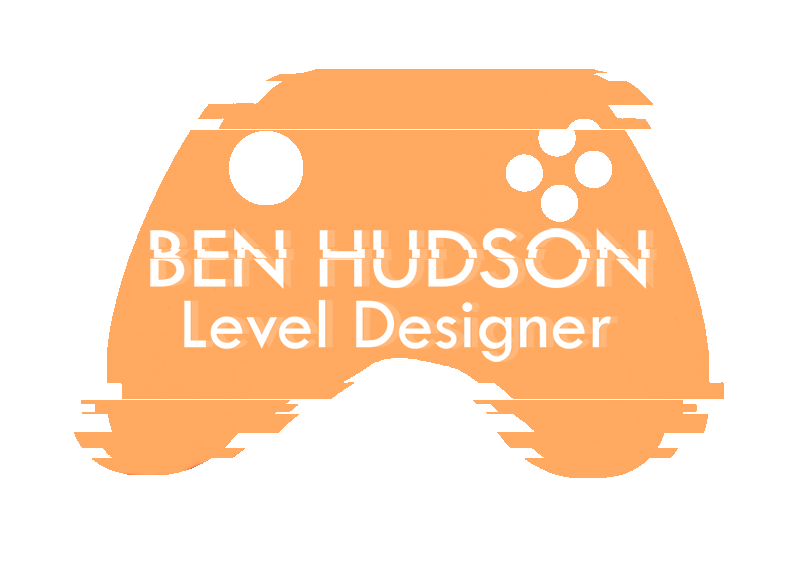Engine: Unreal Engine 4
Team size: 6
Development time: 13 weeks
Platform: PC
Notes: Selected for the Games Republic 2022 Student Showcase
Crystal sin
Crystal Sin was made in Unreal Engine 4 as our 3rd year final group project at the University of Bradford.
The goal with Crystal Sin was to create a semi-open world RPG, with platforming and combat encounters.
PROJECT ROLES
Created the initial game design document for combat and platforming mechanics.
Prototyped mechanics using Blueprint systems such as the platforming and the player side of combat and iterated based on player/ team feedback.
Worked with artists and programmers to work on overall technical design.
Worked with artists to import and implement all assets (Props, NPCs, Player character, Animations)
Pre-Production
At the start of the project we had some fairly grand ideas as outlined in the Design Document but a key choice we made early on that I really pushed for was settling on an art style, I wanted to make sure that when it came to world creation we could build the world with the art style in mind.
We settled on a Ghibli-esq shader material for the world.
We wanted a beautiful apocalypse and I put together some mood boards that the artists and narrative supplemented.
It was important to me that major style decisions where done as soon as possible so that the map complimented the style organically vs. feeling bolted on at the end of production.
We made sure to include any and all inspiration, other games, films, art and even some books.
The early in-engine versions of the map where vast and featured a more realistic scale but after internal testing we decided to scale back and reduce the map size by approximately half- to focus on content over quantity, the large space was dull and bland to play through and we had concerns about leaving areas un-filled. This proved to be a great decision as we struggled to fill out our cut down map. We still have early versions of the WIND and WATER RUINS areas as well as the VILLAGE.
I built the map with key landmarks and vistas to help orientate the player from the start.
I.e the TOWERS which are iconic KEY OBJECTIVES for the player. I placed them to create visual intterest throughout the landscape in this screenshot based on NARRATIVE HOOKS that we’d worked on.
I worked closely with narrative to map out the basic encounters and zones. The final top down vs. the shipped map do mirror quite closely on the whole, when working with narrative I made sure to get all the requirements and only embelish where required based on internal/player feedback. The WATER RUINS got expanded to a shallow lake. This was to expland the combat arena and allow for an expansive combat arena.
There where some slight tweaks based on player feedback, such as the starting area getting a slight cut down and including an early platforming segment over the river. I decided to introduce the platforming early, so that the player has a statement of intent, to prepare for the WIND RUINS platforming. My goal was to introduce the mechanic in a managable way to the player before presenting the mechanic again in more depth and challenging the player. This is why I built a training area for combat in the villiage- even if it didn’t get mechanically implemented in the final build.
I tried to make sure as a designer that my intent was clear. The vistas from the earlier map remained but I made sure that they where all visable and distinct. I want the player to always understand where they are in a map and what the next objective is without having to rely on dialogue or hints as much as possible.
LEVEL DESIGN
Worked with narrative designer to create the open world level ( Landscape, encounters, zone design, village, starting area, signposting players)
Implemented environmental storytelling (prop placement, map structure & composition)
Worked to create a cel-shader per game design specification
Implemented ambient audio
Created multiple art assets for use in game
Project Credits
Tobias Pritchard - Project Management & music
Ben Hudson - Game design & Level Design
Will Rayner - Narrative & Art design
Kamila Mozdzen - Modelling, Animation & Character Design
Hristo Stoyanov - Game Development and Programming
Silvia Gancheva - Modelling and Animation





